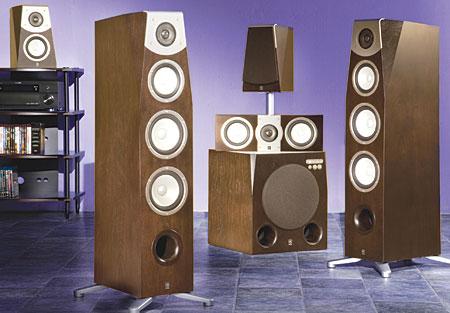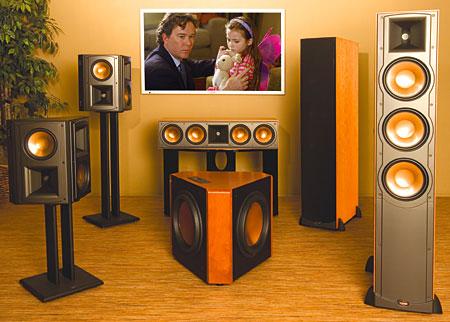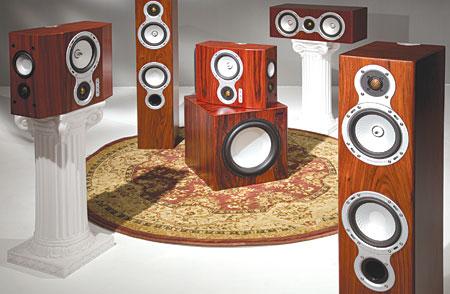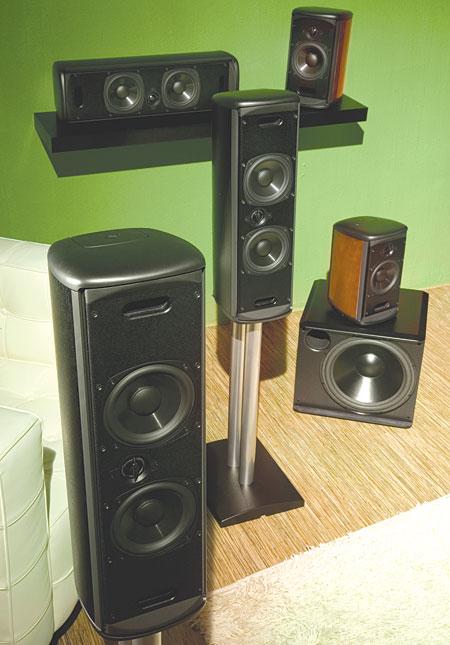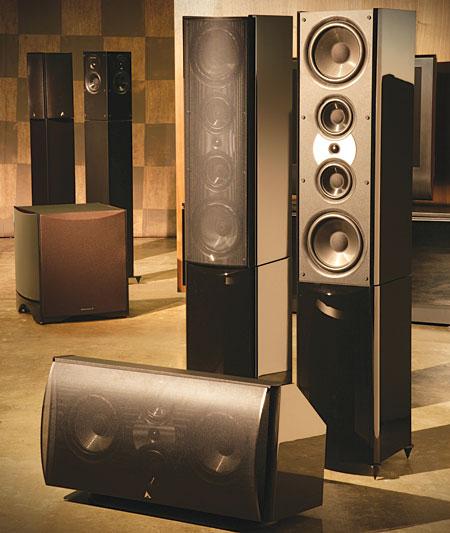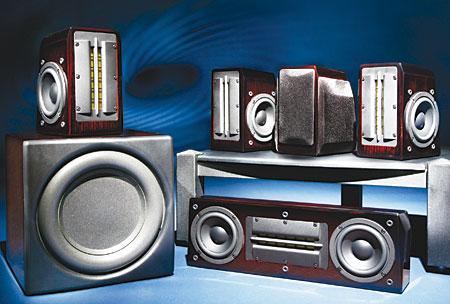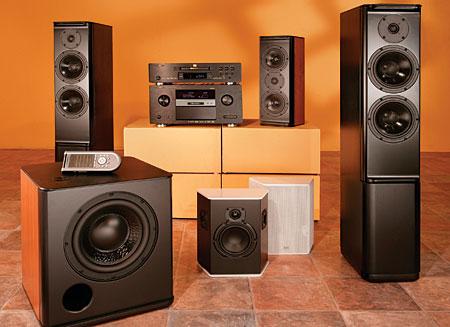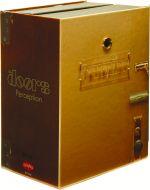Steve Guttenberg
|
Sep 03, 2007 |
Published: Aug 03, 2007
|
Aug 06, 2007 |
Published: Jul 06, 2007
|
Jul 30, 2007
|
Jun 12, 2007 |
Published: May 12, 2007
|
May 20, 2007 |
Published: Apr 20, 2007
|
Apr 23, 2007 |
Published: Mar 23, 2007
